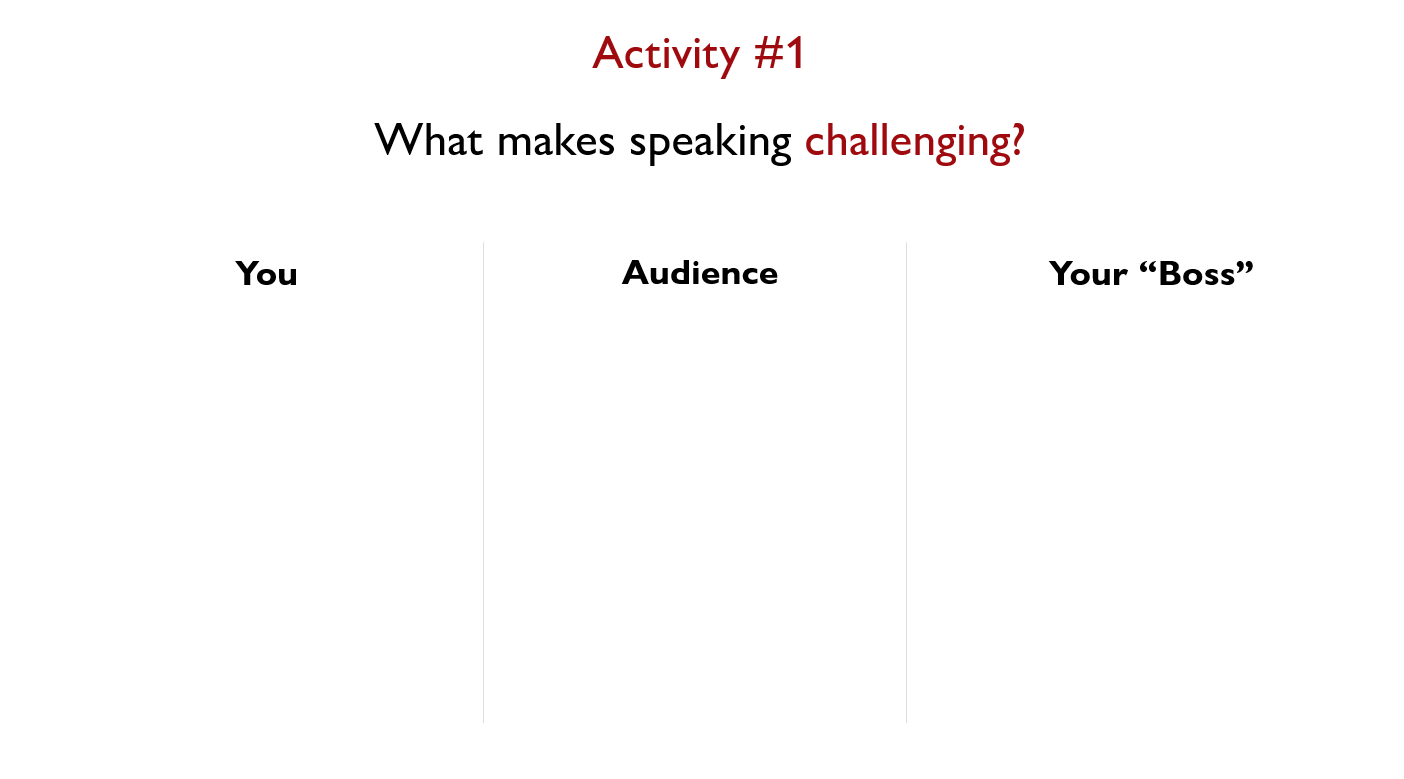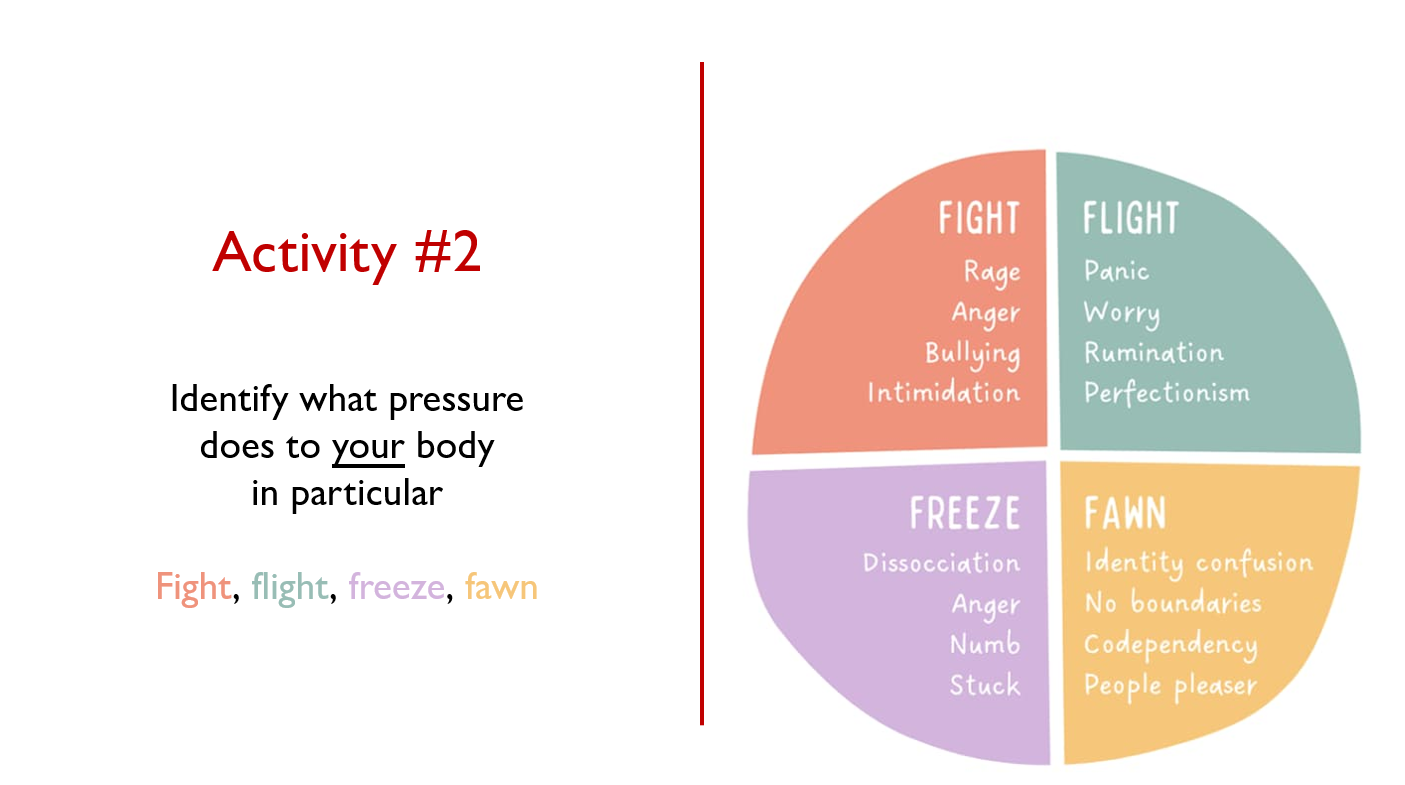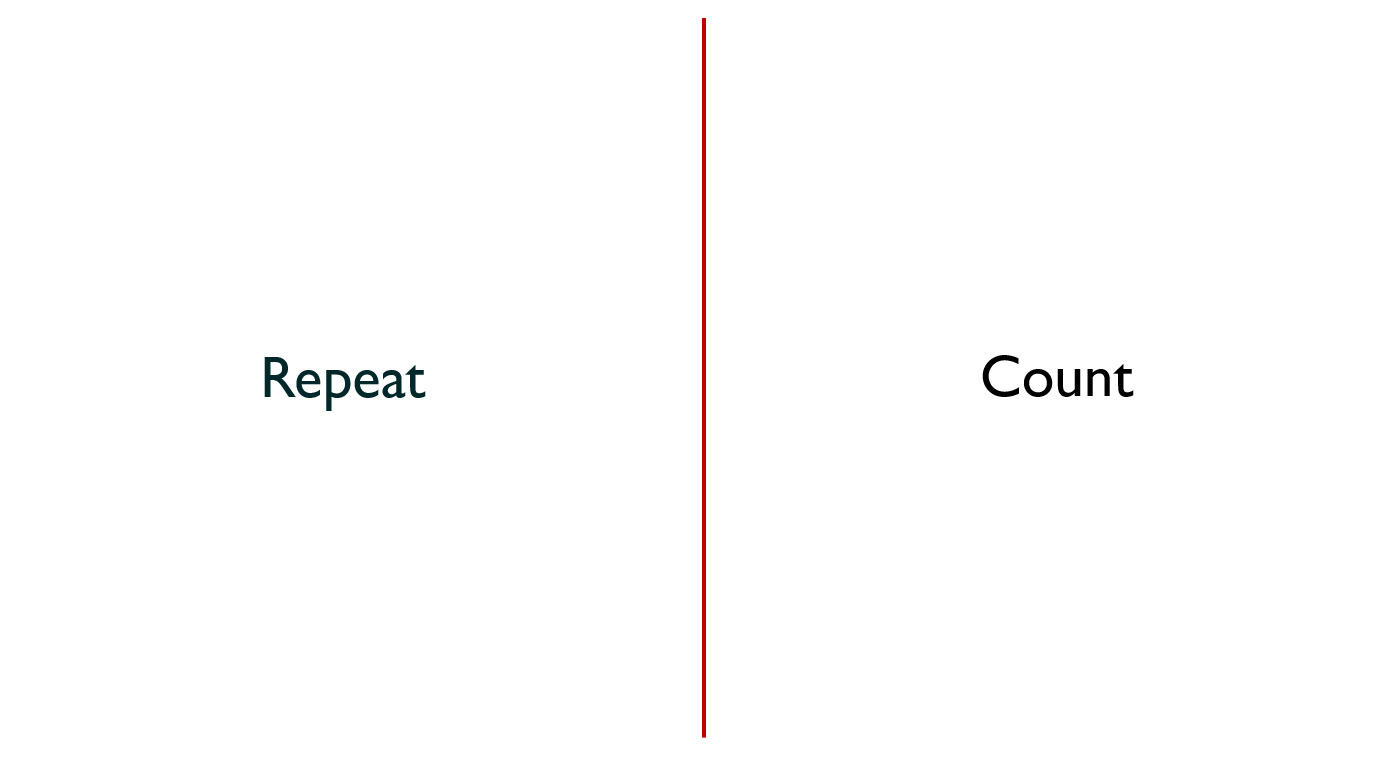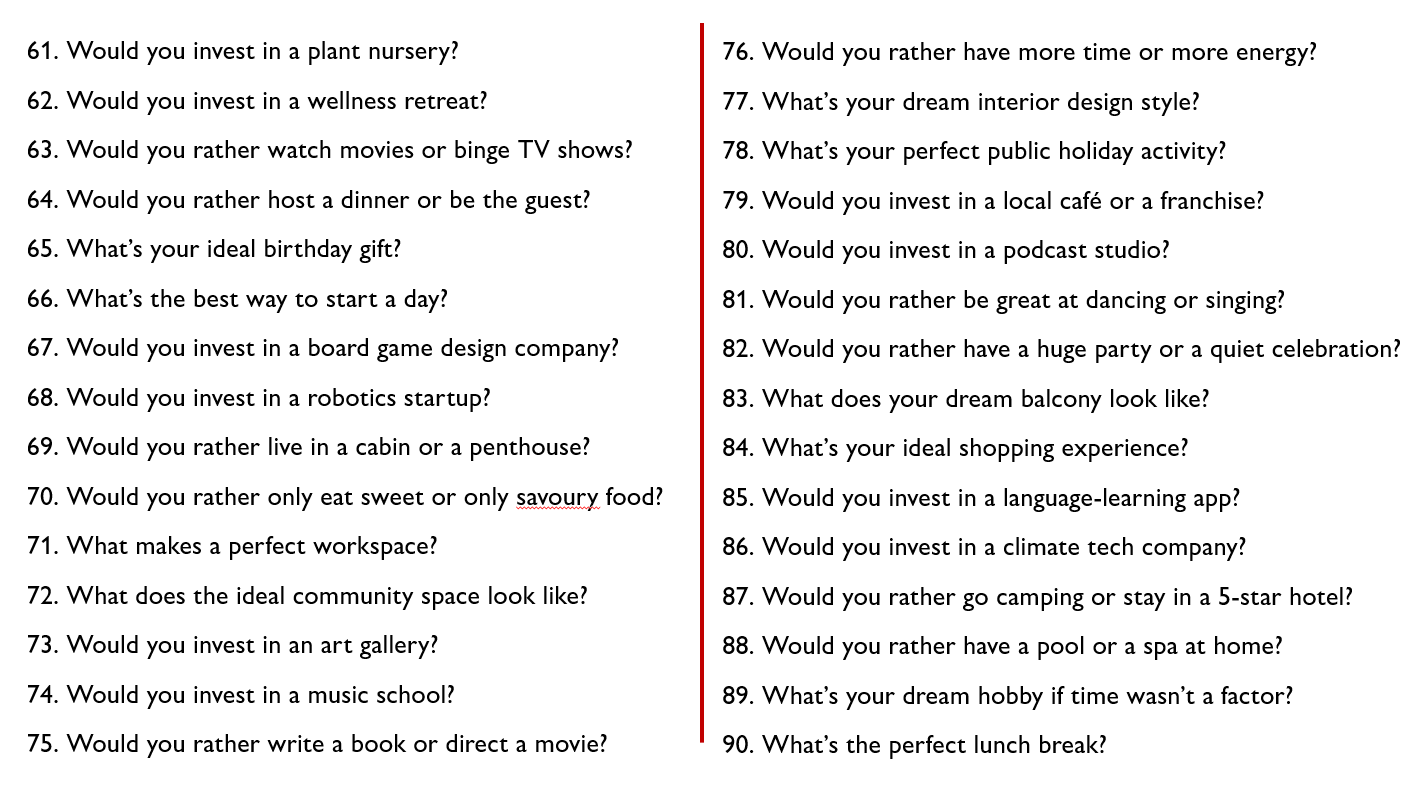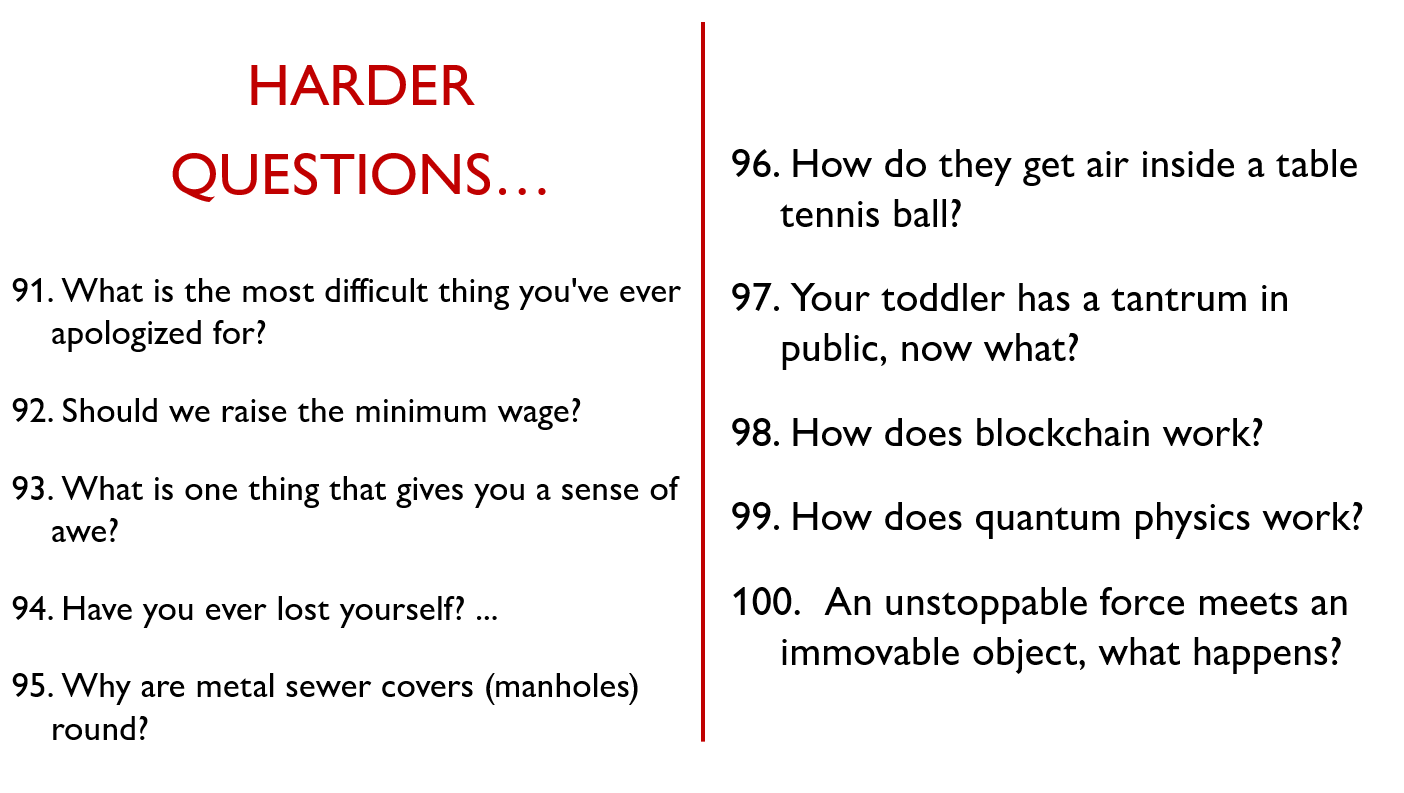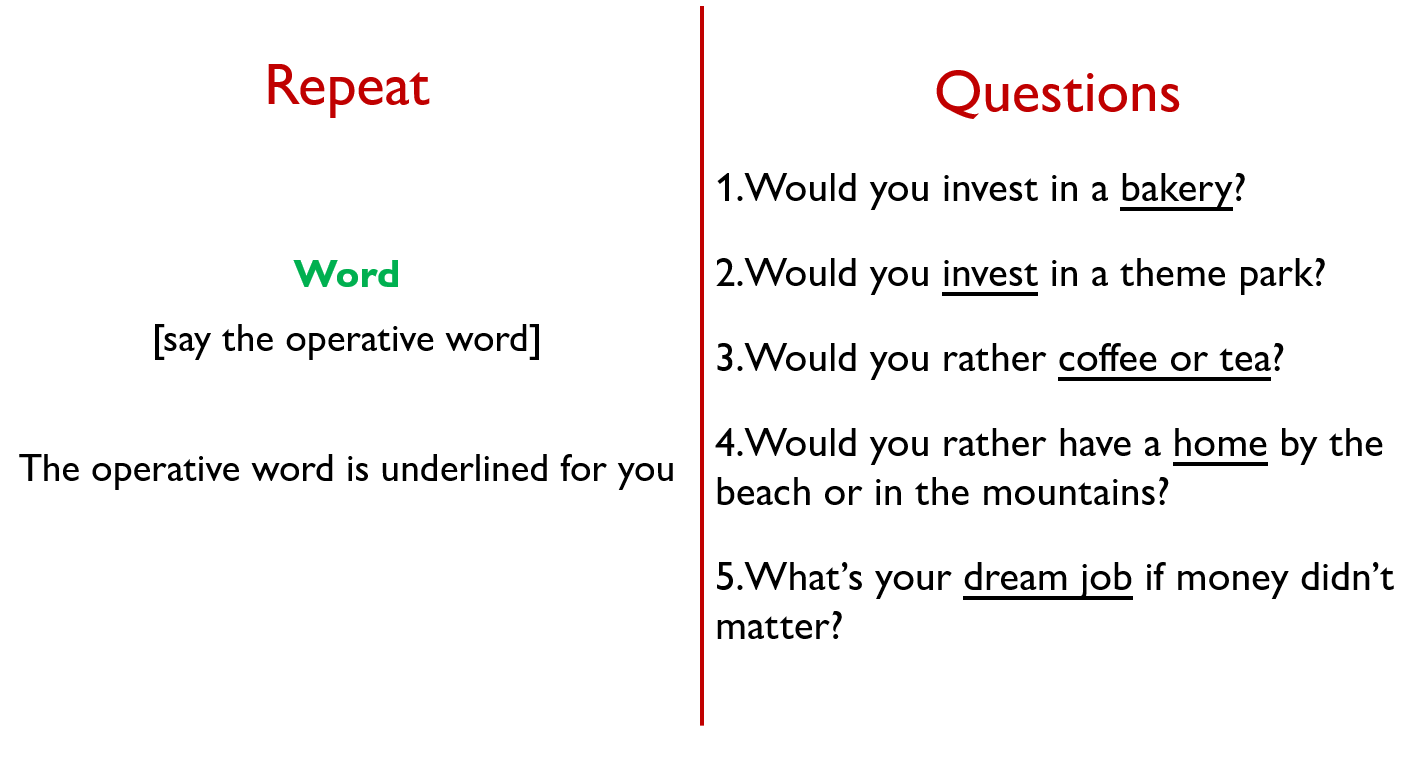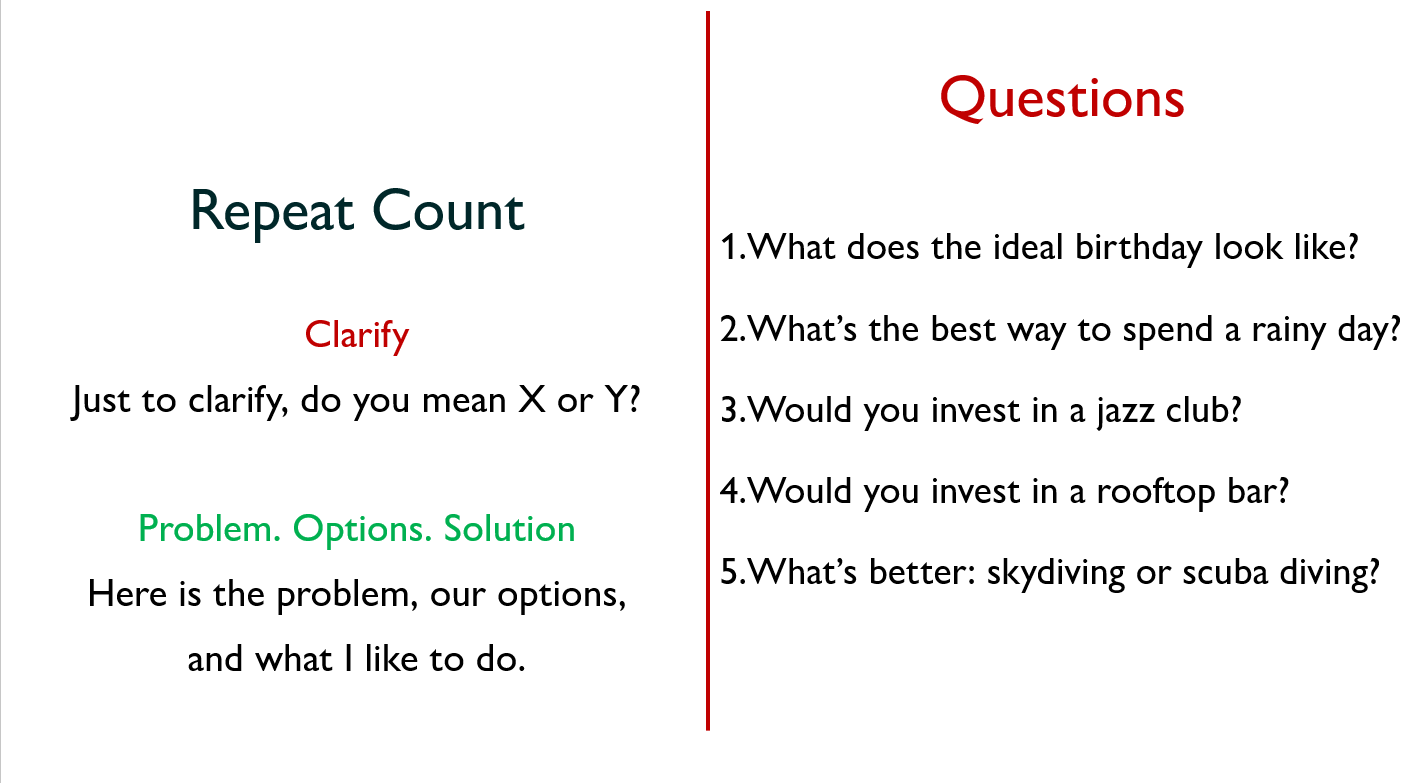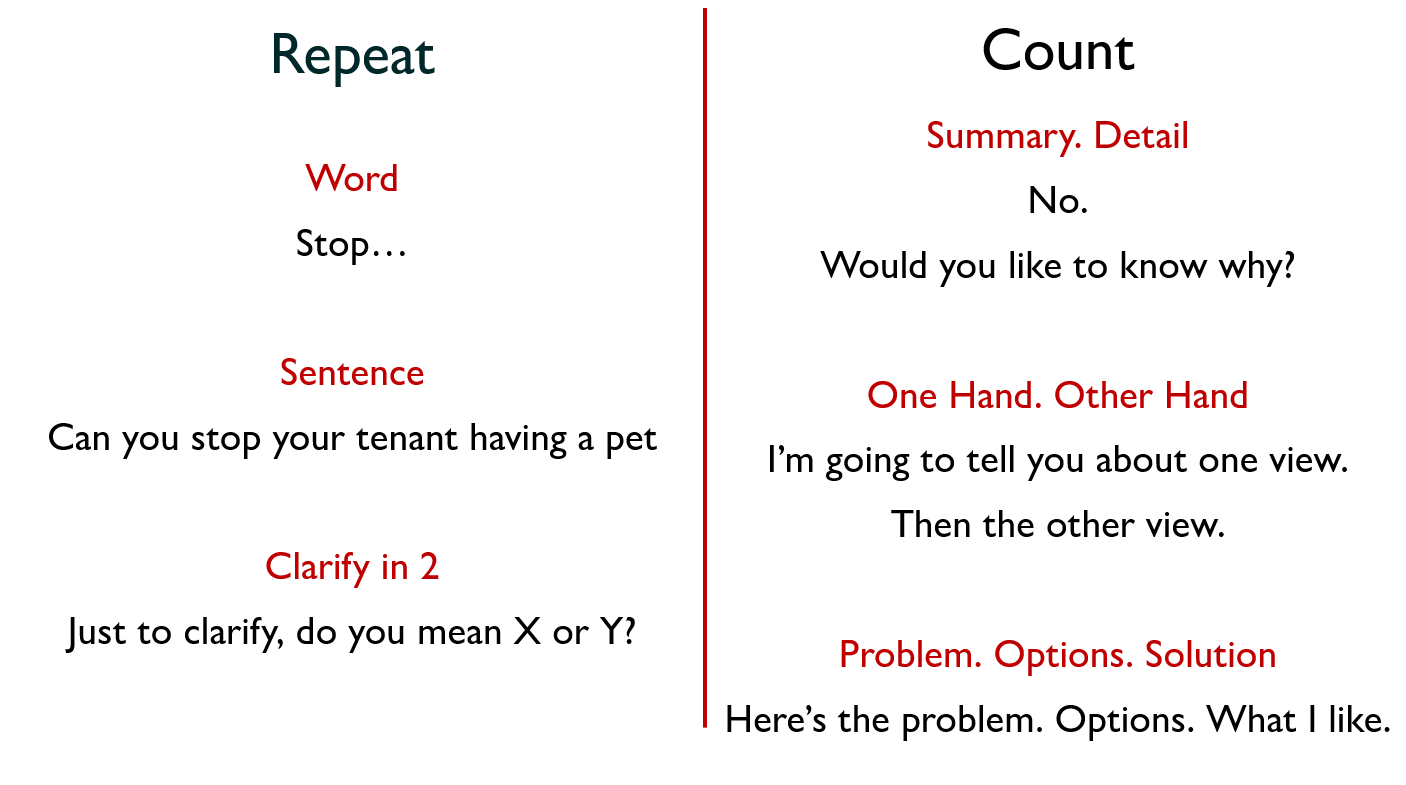Free Public Speaking Course
How to speak confidently without a script in four 1-hour sessions
Summary and Timestamps
Introduction to Public Speaking Course Thomas Hendrick introduced a free public speaking course focused on confident, unscripted speaking using the "repeat and count" technique, which is effective for Q&A, improvised speeches, and job interviews. He noted that significant improvement can be achieved in just four one-hour practice sessions and offered free and paid coaching options through their website (00:00:00).
Understanding Public Speaking Nerves Thomas Hendrick explained that public speaking nerves are caused by the amygdala, an involuntary part of the brain that reacts to perceived threats to reputation, uncertainty, or feeling surrounded (00:01:12). He stated that public speaking inherently triggers these responses because speakers are facing an audience, creating a sense of being surrounded (00:03:09).
Managing Nervous Reactions Thomas Hendrick elaborated that while the amygdala's signals are involuntary, speakers can reduce their intensity through familiarity with public speaking and by adopting a "power pose" (00:04:08). He cited Dr. Amy Cuddy's research, which suggests that deliberate, open body movements can signal reassurance to the amygdala, reducing anxiety and improving confidence (00:06:23).
Identifying Personal Public Speaking Challenges Thomas Hendrick encouraged participants to identify what makes public speaking challenging from their own perspective, the audience's, and an organization's (00:07:33). He explained that listing these challenges helps understand how nerves manifest and how to address them effectively (00:08:39).
The "Four F's" of Nervous Behavior Thomas Hendrick introduced the "Four F's"—Fight, Flight, Freeze, and Fawn—as ways nerves can manifest physically (00:09:55). He explained that "Fight" can involve talking too fast or dominating the conversation, "Flight" can mean over-preparing or cutting presentations short (00:11:13), "Freeze" manifests as tension or mental blocks during a presentation (00:12:21), and "Fawn" involves people-pleasing or giving up one's position (00:13:25).
Strategies for Overcoming Nervous Behaviors Thomas Hendrick provided strategies to counteract each of the "Four F's" based on self-identification. For instance, a "fawning" person might learn to defend a position, while a "freezing" person might practice initiating ideas more quickly (00:14:25).
The Repeat and Count Technique for Confidence Thomas Hendrick detailed the "repeat and count" technique, a structured method for answering questions confidently and spontaneously (00:16:32) (00:18:36). He emphasized that this technique helps access the "best" ideas under pressure, rather than just the first thoughts, ensuring clear, concise, and insightful responses without prior preparation (00:21:37).
Benefits and Application of the "Repeat" Phase Thomas Hendrick explained that the "repeat" part of the technique involves rephrasing some or all of the question back to the audience (00:22:37). This process prevents misinterpretation, aids in word association, allows for stalling without seeming unprepared, and ensures the audience feels heard and included (00:23:34). He highlighted that consistently repeating questions builds automaticity, reducing nerves and promoting poised, confident responses (00:24:33).
Benefits and Application of the "Count" Phase Thomas Hendrick described the "count" phase as breaking the question into simple, manageable pieces, which makes the speaker sound authoritative and provides structure to the answer (00:26:51). He demonstrated various counting methods, such as splitting questions into opposites (e.g., ideal vs. not ideal, past vs. future) or different scenarios (e.g., on a budget vs. unlimited funds) (00:28:01).
Practice Exercises for Repeating Thomas Hendrick outlined practice exercises for the "repeat" technique, starting with easy modes like repeating an underlined "operative word" in a question (00:29:43). He then progressed to harder modes, where participants choose the operative word themselves or repeat the entire question as a question or a statement (00:31:39) (00:33:48). The most challenging "repeat" skill is clarifying a question by splitting it into two nuanced parts, such as big/small or personal/objective (00:34:41).
Counting Techniques: Summary Detail and One Hand Other Hand Thomas Hendrick introduced "summary detail" as a counting technique where the speaker provides a direct answer (summary) and then invites the audience to ask for more detail (00:37:41). He noted this technique is particularly effective for impatient audiences or when detailed explanations might not be necessary (00:38:43). He also presented "one hand, other hand," which involves presenting two contrasting ways of looking at a question, such as a big vs. small birthday celebration (00:39:36).
Counting Technique: Problem Options Solution Thomas Hendrick introduced the "problem options solution" counting technique, which involves breaking a question into three parts: identifying the problem, exploring options or strategies, and proposing a solution. He noted this method is especially useful for persuasive arguments, demonstrating a thorough thought process and empowering speakers to propose compelling answers (00:41:47) (00:44:09).
Skill Acquisition and Long-Term Retention Thomas Hendrick explained that mastering the "repeat and count" techniques involves a process of learning, self-correction, and eventually, effortless execution. He asserted that reaching the "effortless phase" means the skills become automatic and are retained for a lifetime with minimal need for refresher practice, making public speaking under pressure much easier (00:17:33) (00:47:08).




